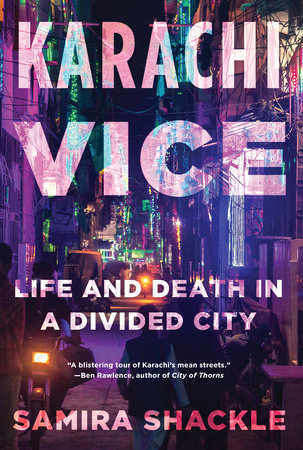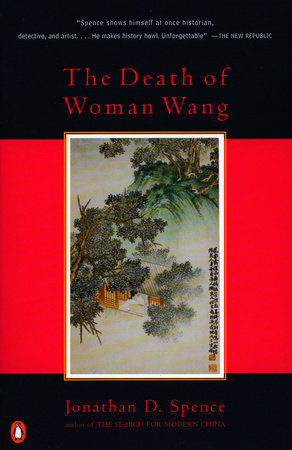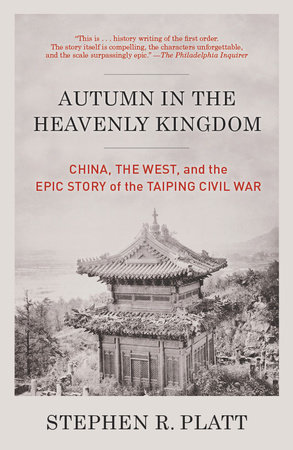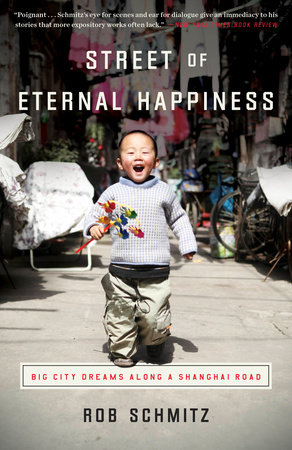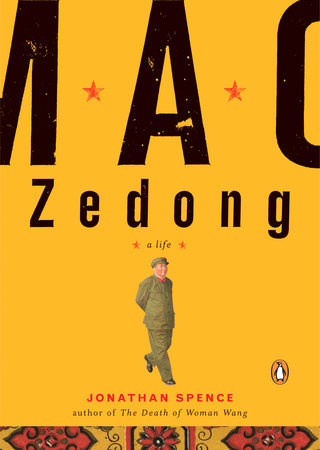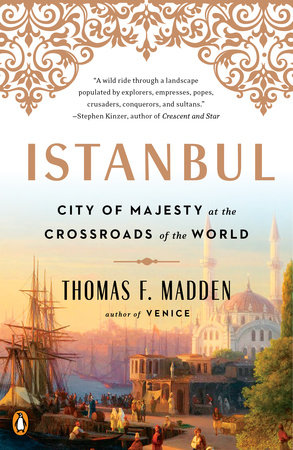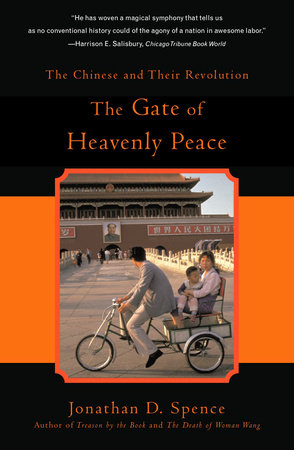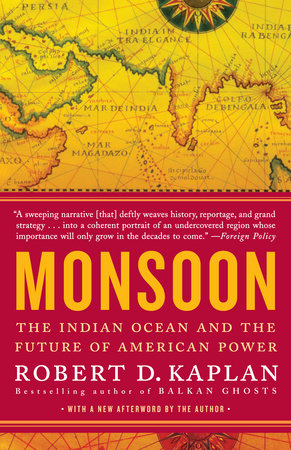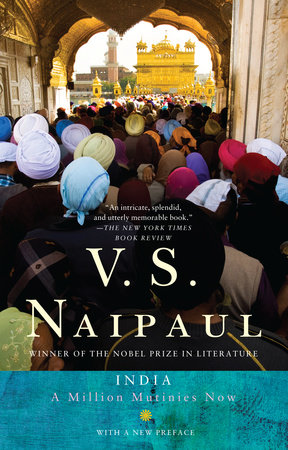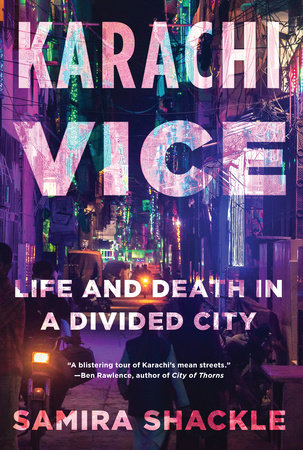Author Q&A
A Conversation with Samira Shackle, Author of KARACHI VICE: Life and Death in a Divided City
1) Was KARACHI VICE the outgrowth of a smaller project that just kept growing? Or did you envision it from the start as a book-length exploration of Karachi?
I’d thought for some time that I’d like to write a book about Karachi; I had been reporting in the city for years. But I wasn’t quite sure of the best approach. In 2015, I pitched a story to the Guardian about Karachi’s crime reporters. In the process of reporting that story, I met Zille. A year after that, an outlet called Mosaic commissioned a story I’d pitched on Karachi’s ambulance drivers, and for that I profiled Safdar.
Through the course of reporting these two long-form stories, I noticed that although they didn’t know each other, both Safdar and Zille had experienced the same dramatic events in the city – certain major terror attacks, such as that on the airport in 2014, for instance, or outbreaks of political violence – in totally different ways. I began to think that one way of putting together a book about Karachi would be to weave together closely reported accounts of different people’s lives.
2) So how then did that develop into the final form of the book, in which you provide a cross-section of five Karachiites whose lives intersect in a most dramatic way?
Once I’d decided on this approach, I had quite a clear idea of the kinds of stories I wanted to tell in the book; I knew, for instance, that the Lyari gang war was hugely important, and I wanted to tell it through someone who had lived through it. Similarly, I knew there were other areas and conflicts I wanted to portray. Starting from that point, I found most of these people by asking around, going through contacts and so on. Of course, I’d already written about Zille – who I was first introduced to by other journalist friends who had hired him as a fixer – and about Safdar, who I met through the foundation he works for, which provides ambulances to the poor. I’d met Siraj briefly in the course of my reporting, some years before I started work on the book. I met Jannat when a local land activist took me on a tour of villages under threat from property developers. And Parveen was introduced to me by a friend who was teaching a photography class in Lyari, the area where Parveen is from.
3) You mention that you moved from London in 2012 to your mother’s hometown in Karachi… What was the single biggest culture shock you had to adjust to that first year?
I went with my mother, who was born and brought up there, but she also hadn’t been back in around 20 years. I think the biggest culture shock for me was how many weapons you casually see around the place; security guards with guns, armed paramilitary officers everywhere, protesters at rallies casually flaunting their weapons, and so on. That is not something you see in London at all – we have strict gun control and it’s unusual to even see armed police. My mother was experiencing a different kind of culture shock – the exponential change that Karachi had undergone since her last visit. She was unable to get her bearings, as the places she had known growing up had all been demolished, built on, or surrounded by new constructions. It had changed beyond recognition.
A year or so after that first visit, I moved to Pakistan for a year, around six months of which I spent in Karachi. That was in 2012. I found the city bewilderingly big and challenging to navigate. It seemed like you simply had to know where you were going; it was hard to muddle through or consult a map – even Google Maps wasn’t particularly effective at that time in Karachi (it’s much better now!). Living there for those months, I also struggled with not being able to walk around and going everywhere by car. The security situation was not good in 2012, and I was unfamiliar with the city, so the relatives I was living with were understandably concerned about safety. It took me some time to work out how to navigate both the physical geography and the safety challenges.
4) The population of Karachi has expanded forty-fold since 1947—from 500,000 then to 20 million today—but as you illustrate, dangers abound there and services are dramatically inadequate… Given that, why do you think the influx of people continues?
Karachi is a place that has, in recent decades, endured extraordinary levels of violence, and yet throughout these multiple urban conflicts, not only has ordinary life continued, but the city has actually expanded at a rapid rate. People still want to go there, hundreds of thousands of them, and start their lives, despite the violence. There is an obvious reason for this: Karachi is the economic heart of Pakistan, and the centre of most major industries, and so it is a place where cash-strapped people from rural areas or more remote cities come to seek work and opportunity. But I think it’s more than that, too. It’s the archetypal vision of a city; it is seen as a place where fortunes can be made, and where people can be free of the economic humiliations or social restrictions of their rural homes. Of course, as in any major city, this doesn’t always turn out to be true – living conditions can be harsh, and exploitation is rife – but the perception still persists.
On a personal level, I’ve been drawn back to Karachi over and again in part because it is so complex. When I left at the end of 2012, after six months living there, I felt I had barely scratched the surface. It takes time to understand all the different forces at play.
For me, as a journalist and storyteller, a large part of Karachi’s appeal is that it is so full of stories. It is a remarkably resilient place, and I am fascinated by the way in which people strive to find normality in the cracks between extreme situations. Karachi is a city of storytellers; so many people are incredible raconteurs, and though I am reluctant to generalise about the character of a place, there’s a sharp, dark humour in Karachi that I find incredibly appealing.
5) You returned to Karachi several times during the writing of this book… What would you identify as the most dramatic change the city had undergone compared to your arrival in 2012?
The most dramatic change is actually detailed in the second half of the book: since around 2014-15, the army and police embarked on a harsh but effective crackdown on terrorist groups and criminal gangs, which has significantly reduced the levels of violence in Karachi. This reflects a wider change across Pakistan, where a simultaneous army assault on militant hideouts in the north-west of the country, and a series of urban operations to rout out terrorists from cities, has brought the spiralling security situation under control. In Karachi, the effects of this change are immediately apparent.
When I arrived in 2012, the tension in the city was palpable. Unlikely though it seems, this enormous city was regularly brought to a complete standstill by street battles between warring political factions, by the threat of terrorist violence, or by city-wide strikes called by one particularly powerful party, the MQM. On top of this, street crime was an ever-present threat; gunpoint robberies through the window of a car were routine, and the affluent lived under the constant fear of being kidnapped for ransom. Today, the city does not feel so lawless. People can move around more freely without risk of being robbed, attacked or caught up the crossfire. The cost of this greater safety has been high levels of extrajudicial killings, the sometimes indiscriminate targeting of certain ethnic groups or areas, and a heavy street presence of the Rangers, a paramilitary force. The majority of Karachi’s citizens consider this a price worth paying.
6) “Lawless, dangerous, impossible”— that is how you found many Londoners had formed their impressions of Karachi over the years. To what degree is that myth, and to what degree truth?
When I started spending time in and writing about Karachi a decade ago, it was considered so dangerous that most western governments told their citizens to avoid all but essential travel there. I remember that when I moved to the city, the British Embassy in Islamabad only allowed their staff to go to Karachi if they had essential business. The kidnap threat in particular was very high. I think that meant that there was simply less international coverage of Karachi than of other big emerging cities, which in turn impacted its position on the world stage. On top of this, in the western media we have a tendency to promote particular narratives about a place, and for at least the last two decades, the narrative about Pakistan has been that terrorism is out of control there, and that the country is an unstable ally to the west. Violence in Karachi, as it spiked over the period I have written about in the book, conformed to that narrative.
There’s a grain of truth to the idea that Karachi has been “lawless, dangerous, impossible” – there’s no doubt that, for many people, it’s a tough place to live. Over the last 15 years or so (the period covered in the book), there were points where there were multiple terror attacks every week, and a level of violence akin to that of a war zone. But of course, no place is ever just one thing, and even at the very peak of the violence, normal life continued in Karachi. The city is so big that it is possible for one area to be shut down by a running gun battle while life continues completely untouched in another. In the more affluent areas where most of my friends and family live, people continued to go to nice restaurants, attend parties, and go to work – albeit perhaps taking extra security measures.
One of the things I was really keen to explore in the book was the way in which people across the city managed in such extreme circumstances, and how normal life can go on with this violence thrumming in the background. Not only that, but as I got to know different parts of the city, everywhere I looked, there were people striving to improve conditions for those around them, in whatever way they could. Both the continuation of normal life, and the extraordinary bravery and civic-mindedness of so many regular people, undermine the one-note perception that I think many people in the UK or US have had of Karachi in recent years.
It seems to me that Karachi’s international image is changing somewhat, with – at least before the pandemic – increasing numbers of business travellers and foreign tourists, but it might take some time for Pakistan in general, and Karachi in particular, to shake off the association with danger and terrorism. Unfortunately, many people still make that link.
7) Over the next five years, what would you identify as being the biggest challenge facing the populace of Karachi?
In my view, the most serious challenge is that of water shortages. In the book, I write about the prevalence of “water mafias” in Karachi, who siphon off the mains supply and sell it back to people at grossly inflated rates. There are millions of people who do not have a reliable supply of running water, and weak and corrupt state bodies have done little to address the problem. Attempts to install city-wide desalination plants to convert sea water into drinking water have floundered due to corruption, while a much-awaited new pipeline that was supposed to increase the water supply to the city looks likely to be diverted to a new private city at the edge of Karachi (this private city, Bahria Town, is also covered in the book). Despite the security crackdown, there has been little concerted action against water mafias, and it is widely believed that they operate in conjunction with local water board officials. In recent years, Pakistan has seen some intense heatwaves that have caused many thousands of deaths, including in Karachi, and persistent water shortages will only make the city’s populace more vulnerable to the ravages of a changing climate. There is a huge gulf between rich and poor in Karachi, and of course it is the poorest who have the least reliable supply of water and are least able to protect themselves against environmental changes.
8) This is your first book. Can you point to a few other writers whose work influenced your approach to writing KARACHI VICE?
I love to read narrative non-fiction, and was influenced by a few books that tell vivid personal stories in an accessible and readable way, and use those stories to illuminate the broader issues or histories at their core. The book that was most present in my mind when I started writing was Barbara Demick’s Nothing to Envy, an account of life in North Korea, told through the lives of defectors. Demick weaves together these overlapping but distinct stories, vividly reconstructing the memories of her interviewees while retaining journalistic authority.
Stasiland by Anna Funder tells the stories of people who lived in East Germany before the fall of the Berlin Wall. She writes about the resistance she faced from German colleagues when embarking on the project, suggesting that it’s almost harder to look at the recent past than long ago events. I encountered something similar, with some people in Karachi asking why I would write about this troubled period when the security situation has now improved. A more recent book, Say Nothing by Patrick Radden Keefe, which is about the Troubles in Northern Ireland, also engages with these questions about the nature of historical memory. I was struck by an aside in the notes at the end of the book, where Radden Keefe talks about people contradicting themselves in interviews. I came across this problem too. These inconsistencies are to do with the way that human memory works, but it’s quite a challenge to reconcile when you are trying to reconstruct someone else’s experiences on the page, and you want to be accurate.
KARACHI VICE by Samira Shackle will be published by Melville House on September 7 ($27.99); ISBN 978-1-61219-942-9
For further information please contact:
Michael Barson at Mbarson@mhpbooks.com
